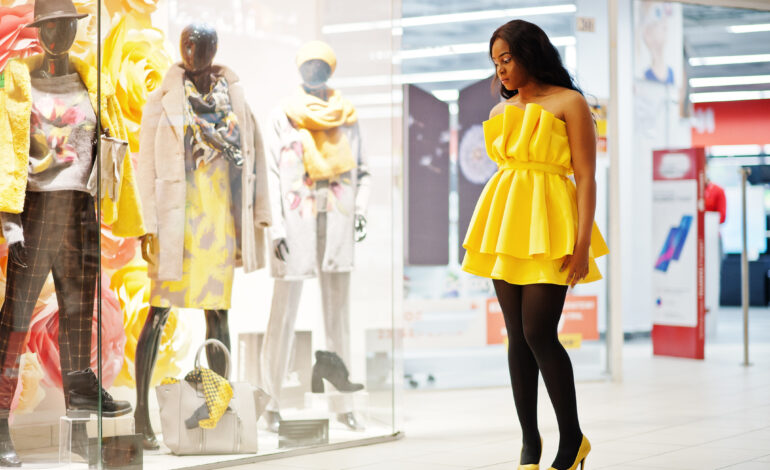By Ada Hsieh

Since the 19th century, lipstick has been a popular cosmetic item used to enhance beauty and femininity. But during the suffragette days, lipstick took on a different role; it became a sign of rebellion. As women around the world fought for their right to vote, lipstick was seen as a symbol of the feminist movement. Let’s take a brief look at the history of lipstick and how it came to represent a powerful statement of female empowerment.
Lipstick has been around for thousands of years, with the first signs of it being used by ancient civilizations. Egyptians are credited with the invention of lipstick, using a mix of crushed bugs and henna to color their lips. Ancient Sumerians also used lip rouge made from gemstones and crushed plants to create a reddish-tinted pigment.
During the middle ages in Europe, lip coloring was used by both men and women, but the higher class often shamed the lower class for wearing makeup.
During the Victorian era, makeup was seen as vulgar and any woman who wore it was labeled as promiscuous. Lipstick was still popular, but it wasn’t until the 20th century that it began to be seen as a sign of power and rebellion. It started during the suffragette movement in Britain, when women started wearing red lipstick as a show of strength and solidarity. The trend quickly spread to other countries and lipstick came to be associated with feminism and female empowerment.

Red lipstick was popularized during the early 20th century, but before then it was associated with morally dubious women such as actresses, courtesans, and prostitutes.
Legend has it – the use of red lipstick as a symbol of resistance dates back to 1912 in the United States, when suffragette leaders Elizabeth Cady Stanton and Charlotte Perkins Gilman marched wearing the vibrant shade to gain more attention to their cause because of its ability to shock men. Historians say this is likely a concocted story released by the famous cosmetics company, Arden. As the story goes, red lipstick became a symbol of strength and assertiveness, and cosmetic stores even handed out tubes of bright red lipstick to the marching women. Later, British suffragette leader

Emmeline Pankhurst donned the same red lip to stand in solidarity with her American sisters. This is the first use of lipstick as a way to make a statement against the status quo and fight for women’s rights. It may just have been a marketing scheme, but the reality of it is that the impact of using lipstick as a sign of rebellion quickly grew in popularity among suffragettes and spread worldwide. While the movement was originally centered around fighting for the right of women to vote, it soon evolved into a broader symbol of empowerment for anyone looking to make a statement. This message of strength, resilience and determination was taken up by feminist groups in the 1960s, who popularized the use of bright lipstick colors as a form of non-violent protest.

It didn’t stop there either. “The How” it started may have been made up, but “The Why” is rooted in tangible human and civil rights history. Here are more examples of using red lipstick as defiance and resilience in recent history that are true.
In Nicaragua in 2018, Nicaraguan men and women sported red lipstick and uploaded photos of themselves to social media to show their support for their political movement. Similarly, in Chile in 2019, almost 10,000 women took to the streets with black blindfolds and red lips to denounce sexual violence. More recently, in Portugal in 2021, Portuguese politicians and citizens took to social media posting images of themselves wearing a bright red lip after presidential candidate Andre Ventura insulted MP Marisa Matias for her red lips.
During World War II, wearing red lipstick became a sign of patriotism and a statement against facism. It seemed Hitler also detested the color of red lipstick. Women were told to paint their lips with a patriotic and morale-boosting colour. When lipstick taxes made wearing lipstick prohibitively expensive in the UK, women stained their lips with beet juice instead. All of this shows that the use of red lipstick as a symbol of resistance and empowerment continues to this day, and its history speaks volumes about the power of a single beauty product.
Red lipstick has been a symbol of resistance and empowerment throughout history, and its use continues to unite people in the fight for equality.

Ada Hsieh
Ada Hsieh (pronounced Aye-duh Shay) is the CEO and Founder of Fluency Beauty – a plant-based makeup brand colored from…well plants. Fluency Beauty offers multipurpose beauty sticks colored from vegetables like beets and potatoes for eyes, lips, and face providing buildable color for seamless blends of ease and efficiency.





